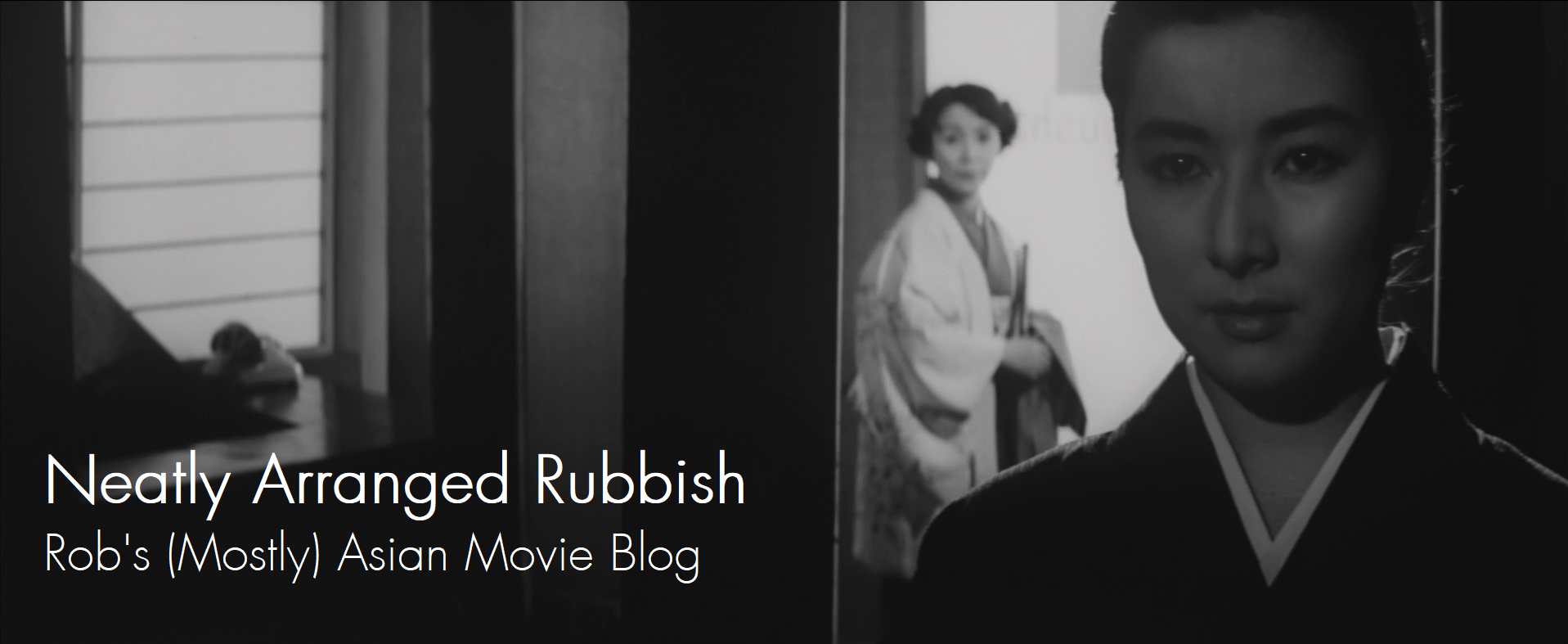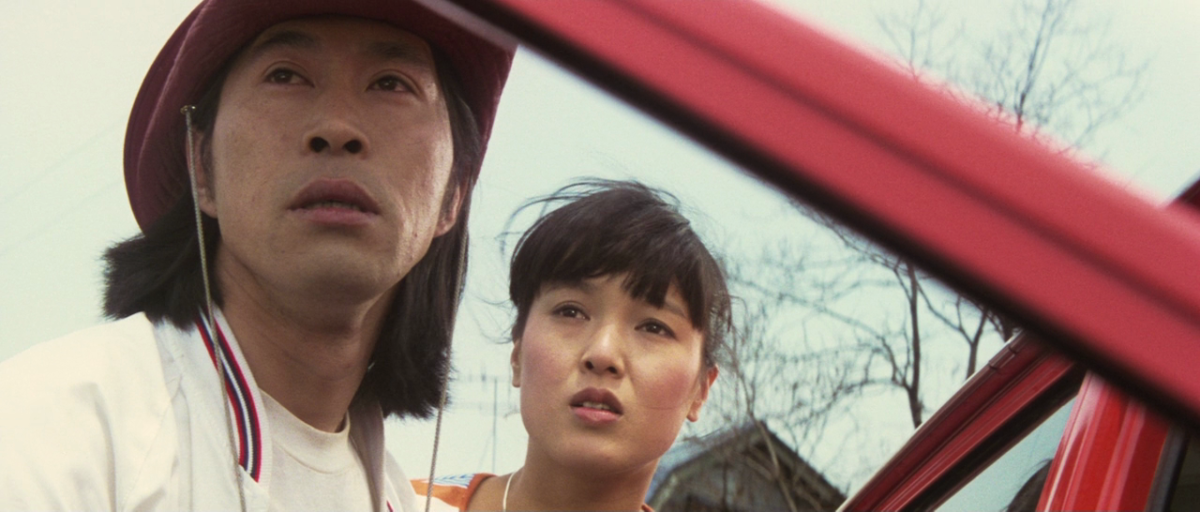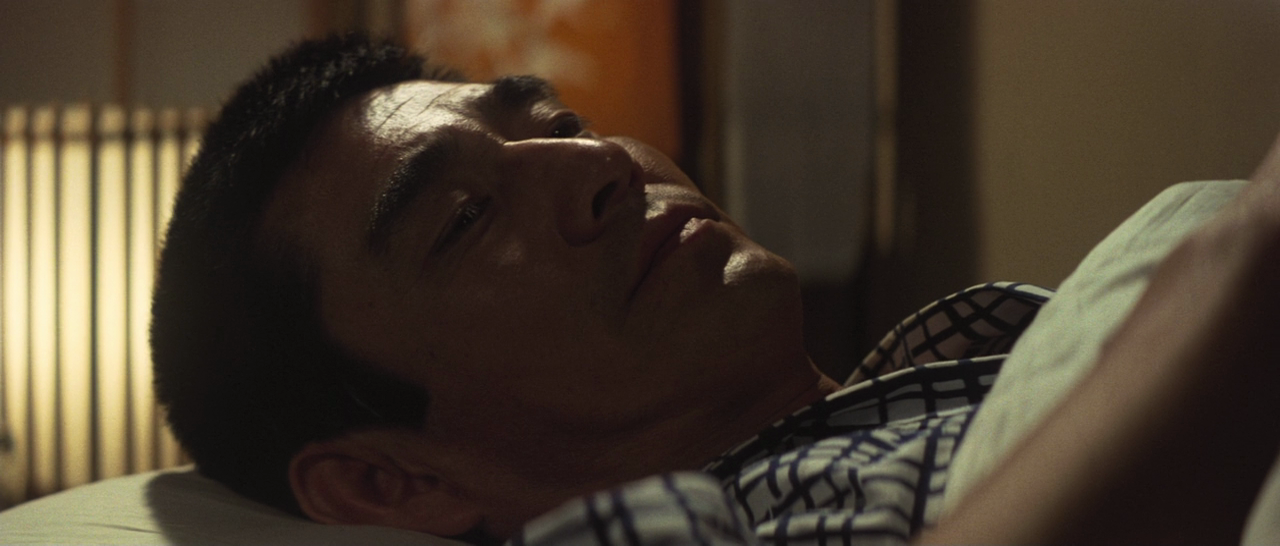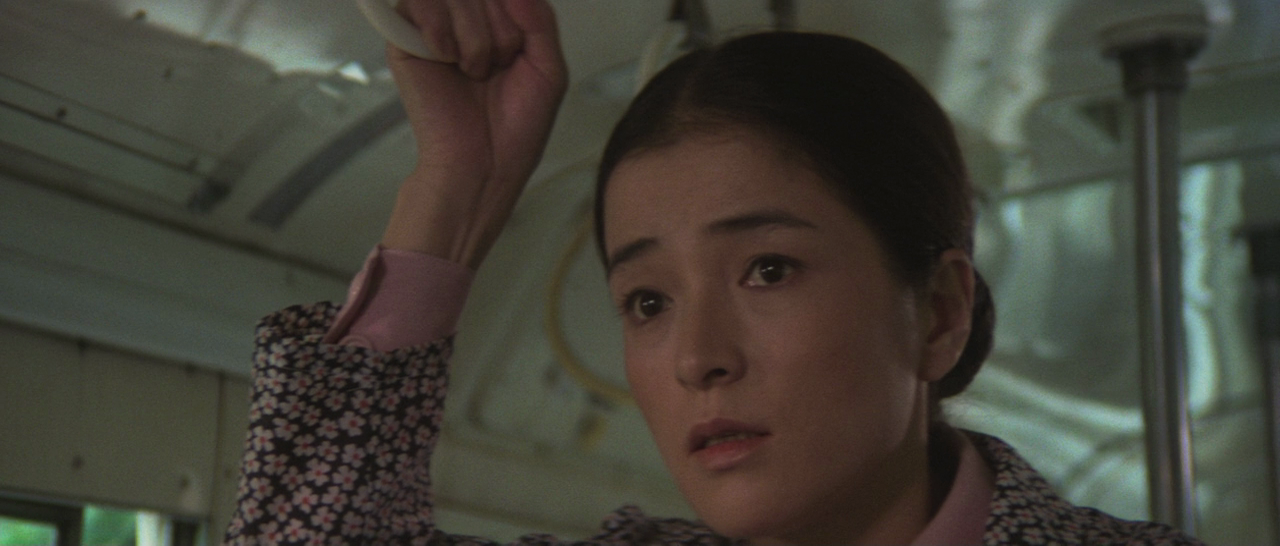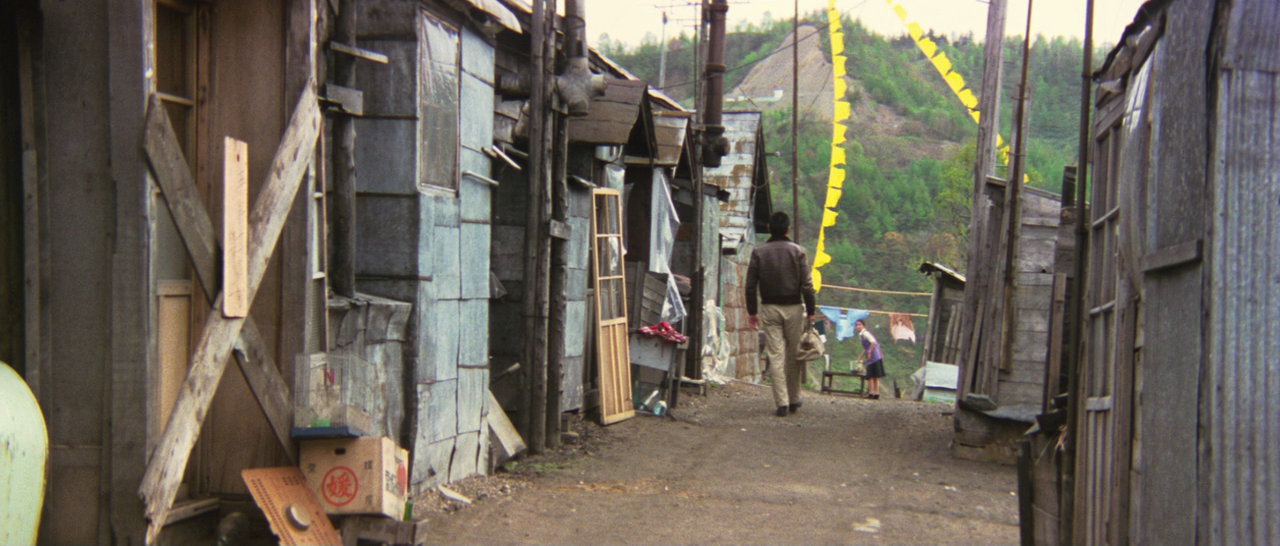Last Updated on January 20, 2021 by rob
Jilted teen Kinya (Tetsuya Takeda) embarks on a road trip across Hokkaido, picking up shy, nervous Akemi (Kaori Momoi) and middle-aged loner Yusaku (Ken Takakura) as travelling companions. But as Kinya struggles too woo Akemi a routine police stop unexpectedly reveals that the taciturn Yusaku is actually a former convict just released from jail after serving time for murder. Yusaku is reluctant to go home because he doesn’t believe his wife will still be waiting for him so Kinya and Akemi decide to drive him there, a decision that will change their lives forever.
Great stuff, this. A fabulous road movie from a master director equipped with a great script and a perfect cast. Yamada’s love for character-driven drama – see also his brilliant Flag In The Mist or any of his ‘poor samurai’ trilogy, The Twilight Samurai (2002), The Hidden Blade (2004) and Love And Honour (2006) – is most evident here in the performances he gets out of his ensemble cast, all of whom have terrific chemistry with each other. Tetsuya Takeda is painfully believable as the gauche and hardly handsome Kinya who hasn’t a clue about life (something underlined by Yamada having the character constantly trip over things) and who initially sees in his pickup of Akemi not just a travelling companion but the opportunity to get his leg over.
If that sounds like Akemi is just there for sex appeal, far from it. Momoi matches Takeda’s performance in her thoroughly naturalistic portrayal of a nice young girl who’s been dumped by her partner (just like Kinya has) and whose low self-esteem means she’s forever bursting into tears whenever Kinya tries to get a kiss out of her. But she’s also smart and her sensitivity means she’s the first to perceive that in his willingness to just ride around with them the older Yusaku is really circling around some inner trauma he daren’t face. As for Ken Takakura, the actor forever saddled with the title of ‘The Japanese Clint Eastwood’, watching his performance I’d suggest the reason he deserves that moniker is less his hard nut persona than his ability to project, like Eastwood himself, a tough exterior while hinting at something vulnerable and sensitive underneath.
Ken’s very good here as Yusaku, a loner who accepts a lift without knowing or caring where he’s going but who comes to recognise in his companions a pair of good hearted kids whose juvenile squabbling reminds him of the mistakes he made when he was their age. By the time he sits Kinya down for a man to man talk and tells him how to behave respectfully around Akemi he’s more than earned our belief that he’s a good sort. But then it turns out that Yusaku has only just been released from prison after serving a stretch for murder! A judicious use of flashbacks fills us in on what happened and the relationship between Yusaku and Mitsue (Yamada regular Chieko Baisho, also very good), the woman he wooed and married but now believes no longer wants him. There’s just one sliver of hope. In his last letter to her Yusaku requested that if Mitsue still loved him she should fly a yellow handkerchief as a sign from a tall pole outside their home.
Yusaku is too afraid of what he might find to make the trip but he’s reckoned without the youthful determination of Akemi and Kinya who instantly decide to take him all the way home. In this way the story cleverly elides the fate of Yusaku and Mitsue with that of Takeda and Akemi. Even though it’s never explicitly stated we sense that if the yellow handkerchief is indeed flying outside Yusaku’s old house then things will also be OK for the two teens. Inspired by a story written by an American journalist Pete Hamill and turned into a screenplay by Yoji Yamada and Yoshitaka Asama, this is a fine story with universal appeal. There’s a subtle point made here about how both young and old can learn from each other. All the action gives the appearance of stemming organically from the characters themselves and the dramatic arc of Takakura’s Yusaku is nicely counterbalanced by the innocence of his companions and some uproarious humour.
A lovely scene in which the trio bond over a meal of fresh crab gets a hilarious payoff when poor Kinya subsequently gets the runs. So funny is this that you can actually see the usually stony faced Takakura burst out laughing at Kinya’s distress and you have to wonder if that was scripted or if the actor just couldn’t help himself. Yamada’s film is full of sentiment but it never tips over into sentimentality. Even Kinya’s beloved car – a gleaming cherry red Datsun that ends up battered, banged up and covered in mud over the course of its epic road trip – feels like a supporting player. One of the other great strengths of this road movie is Yamada’s use of landscape which under his direction is also practically a character in its own right. Instead of falling into the trap of using scenery as mere travelogue he has a knack for linking it to the emotional state of the characters so that as they open up emotionally so does the landscape around them.
Tetsuo Takaha’s cinematography juxtaposes images of rural beauty with an eye for detail and local colour so rich you can taste it. After it’s established that Yusaku is a man who has all but given up on human contact Yamada so peppers the final journey through the town that is Yusaku’s old home with the sights and sounds of everyday life (enhanced by Masaru Sato’s jaunty score) that it feels like a Greek chorus urging Yusaku out of his self-imposed shell. The climactic moments – as the kids get out the car and look around them for the hoped for sign – are orchestrated with utter mastery by director Yamada.
The final scene between Kinya and Mitsue is a beaut. Touching, moving and uplifting in equal measure, this excellent humanist drama comes highly recommended. Incidentally, if the story of a convict writing to his wife asking her to tie a ribbon around a tree in their back yard to signify she wants him back sounds familiar that’s likely because of the 1973 pop hit from Tony Orlando and Dawn. However both the song and Hamill’s story appear to be simply two of numerous variations on what is actually an old oral folk tale whose origins go back at least as far as the American civil war. There’s a fascinating Wikipedia piece on this here.
